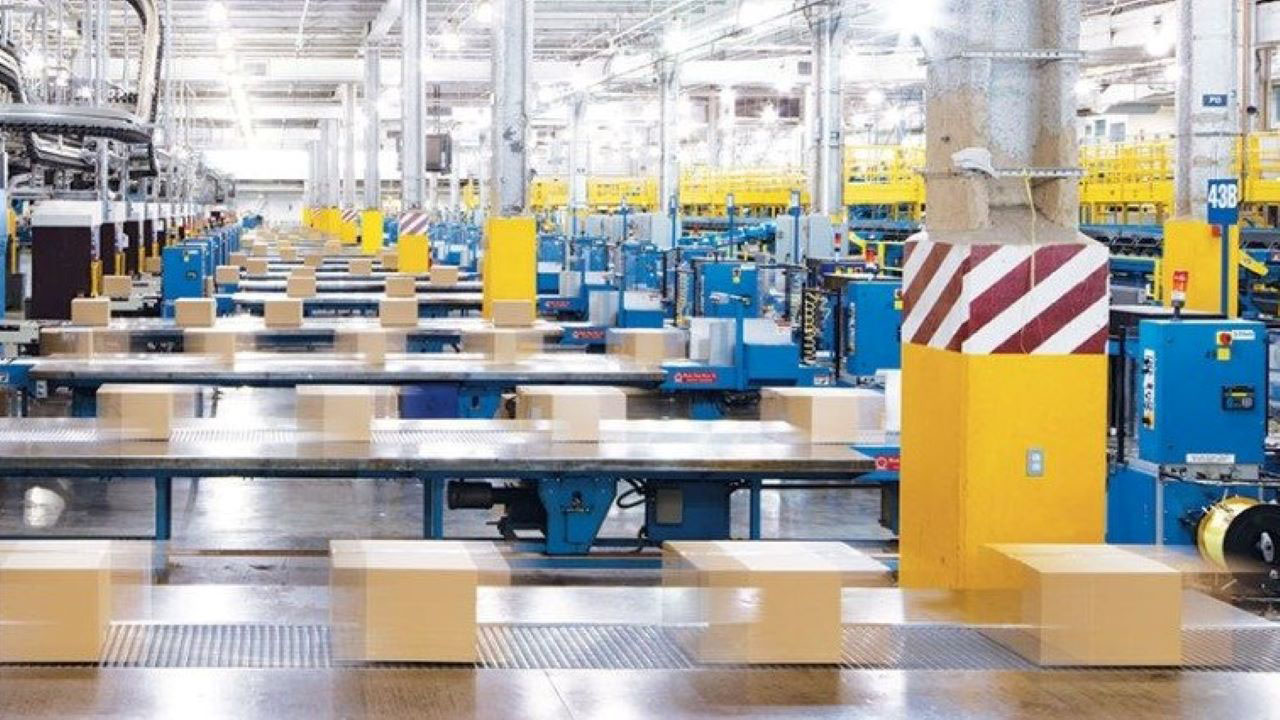
Why RFID Should Be Seen As 'Enabling,' Not 'Disruptive,' Of Business
As part of our everyday lives, many of us dine out, shop online and watch football. But have you considered the ways that technology is involved in facilitating these activities? Did you factor in the technologies used to mark, track and trace the ingredients in your last meal as they moved from the producer, to the distributor’s warehouse and then to the restaurant? Or to notify you that a package was recently left on your doorstep?
The magnitude at which companies use technology to ensure we get exactly what we want, when and where we want it is not readily visible. Even when we see technology used right in front of us – such as the mobile device or tablet in the hands of store associates, restaurant staff or healthcare providers – it may be hard to appreciate just how dependent we’ve become on it.
RFID’s Rise Amidst a New Track and Trace Movement
At the turn of the century, digitalization was the key to business optimization and, to a certain extent, it still is. The first step to gaining the level of agility needed to capture a performance edge in the “now economy” is to replace pen-and-paper processes with digitalized workflows and ensure data captured across the entire enterprise is readily accessible. However, it is not enough to simply create digital “systems of record.”
Greater enterprise intelligence is derived via “systems of reality” that gather detailed information such as inventory levels, work-in-progress status, equipment condition and staff locations in a near real-time manner using technologies such as radio frequency identification (RFID).
Barcode-based scans can provide some visibility into this information. However, RFID can provide far superior speed, accuracy, automation and efficiency in many cases. That is why we’re seeing RFID adoption rates climb quickly in manufacturing, transportation, retail, healthcare and even sports:
- Fifty-two (52) percent of organizations surveyed for Zebra’s 2019 Intelligent Enterprise Index study confirmed that they’re already using active RFID technology in some capacity. Another 34 percent plan to implement active RFID in the next few years.
- Thirty-seven (37) percent of respondents reported that they’re currently using passive RFID, with 53 percent planning to integrate it in the future.
But you must do your research before investing in RFID.
Measuring Your Need and Readiness for RFID
Being able to track the location, condition, timing, accuracy and speed of inventory, equipment and people in near real-time makes it easier to streamline processes and drive more efficient front-line workflows:
- Retailers can see inventory levels and locations at all times in stores and warehouses to help reduce out of stock situations, improve sales and increase customer satisfaction and attach rates in omnichannel models.
- Healthcare providers can find essential patient testing and care equipment within seconds.
- Airlines can check life vests, meals and more to improve flight readiness and route baggage in a timely and accurate manner to its destination.
- Manufacturers can track parts inventory as it moves from the loading dock to the production line and beyond, reducing delays and improving quality control.
- Transportation, logistics and postal service providers can see all delivery processing and handling actions.
- IT can track equipment in server vaults and system operations control rooms to eliminate lost/misplaced/stolen/breached equipment.
- Automatic Vehicle Identification is also beneficial for electronic toll collection, monitoring highway use and load factors and vehicle servicing, fueling and status monitoring.
Yet, not everyone may need RFID – at least not right now. The best way to assess its potential benefit to you is to understand the business problems and issues inhibiting growth. Ask yourself:
- Are we losing out on opportunities to improve sales or production because employees do not have visibility into stock or asset locations?
- Are resources (employees, material, tools) fully utilized? Or are employees wasting time trying to find items/tools and reconcile erroneous statuses in the system?
- Are we incurring higher costs for sparing of extra materials, tools, conveyance or human resources to compensate for inefficiencies?
- Are my competitors already addressing such issues successfully and leaving us at a competitive disadvantage?
If you said yes to any of the above, it might be time to make a move to RFID.
Overcoming the Challenges of a New Tech
Many industry analysts and visionaries may perceive RFID to be “disruptive.” Yet, we see it as enabling. If executed properly, RFID can prevent disruption to businesses’ operations and our way of life as consumers.
But since a well-implemented RFID solution can touch multiple parts of a business, strong internal coordination among all potential stakeholders is imperative during the planning, testing and implementation phases. For example, consulting with procurement, supply chain, store operation, store sales, promotion marketing and e-commerce functions from day one tends to bring far superior value to a retailer than when IT alone drives the RFID technology selection and deployment processes. Assigning a central coordinator and facilitator can add great value when soliciting input from all potential end-users and beneficiaries.
Change management is also critical. A lack of communications across the organization can stifle adoption and your return on investment (ROI). A simple education of what RFID is, how it works best and what benefit the business is achieving can go a long way in helping employees embrace it wholeheartedly.
One more thing to remember: there is no such thing as a standard implementation strategy for RFID, and there is no single “best” RFID solution for all organizations – or even for a particular industry. Find a strategic technology partner that can help you map out an incremental innovation plan to effectively address your challenges and achieve your goals without introducing more risk into your organization. They can also help you monitor and measure its use and effectiveness and help optimize as needed.
Get to Know Your RFID Options
This video provides a great primer on the many different types of RFID antennas, readers, tags and more available today, and this video talks more about the types of RFID technologies best-suited for specific applications. They’ll help you ask the right questions when you meet with solution providers.
You can also check out the resources provided by industry consortiums such as the RAIN RFID Alliance. Founded in 2014, this global forum is driving education about and market awareness of the many benefits of passive UHF (aka RAIN) RFID solutions for specific applications and industries. Zebra is a founding member of the RAIN RFID Alliance and Chris Schaefer, who leads RAIN RFID Market Development for Zebra, currently serves as its Board Chairman.
As always, the Zebra RFID team is available to answer your questions and provide guidance on which types of RFID technologies are designed to deliver the unique tracking, tracing and operational visibility you need to meet your business objectives. Feel free to contact us here.
I also recommend that you check out these related resources:
- New Insight: Development and Deployment of Real-Time Location Systems are Starting to Move Fast
- The Rise of "Edge-to-Edge" RFID Applications
- The One (Costly) Thing Most Companies Forget to Do When Deploying an RFID Solution
- The Fourth Industrial Revolution is All About Mass Personalisation...and RFID Labels
- Stories from the Edge | NFL Bets Big on RFID, IoT as Player Statistics Become Strategic Imperative On and Off the Field
- Five Years Ago, a Nickel-Sized RFID Sensor Changed the NFL Forever
- Did You Miss Zebra's Super Bowl Press Conference with the NFL?

Jeff Schmitz
Jeff Schmitz became Chief People Officer in March 2023. He has more than 30 years of experience in technology, engineering and marketing, and he joined Zebra Technologies in 2016. In his previous role as Chief Marketing Officer, Jeff launched Zebra’s award-winning PartnerConnect program and led the company’s first major brand refresh. In 2020, Jeff also took on the role of Chief Human Resources Officer. As CMO/CHRO, he focused on attracting, retaining and developing top talent and creating opportunities for growth and development within Zebra’s inclusive culture and diverse workforce, and he continues to focus on these areas today as Chief People Officer. Prior to joining Zebra, Jeff served as General Manager and held other leadership roles at Spirent Communications, Visual Networks and Tellabs. He has a master’s degree in computer science from the Illinois Institute of Technology and a bachelor’s degree in electrical engineering and computer science from Marquette University. In addition, he is the executive sponsor of Edge, Zebra’s Millennial and Gen Z Employee Resource Group.




